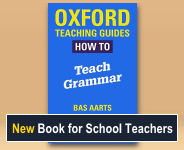Subject-Verb Agreement
In this lesson, students select the correct verb to compose an acceptable sentence.
Goals
- Practise composing sentences with appropriate Subject-Verb agreement.
- Identify acceptable patterns in Standard English.
Lesson Plan
The teacher explains that today, we will select the correct verb on the smart board, to construct acceptable sentences.
Welcome back!

Englicious is totally free for everyone to use!
But you will have to log in to see our library of teaching resources.
If you don’t have an account, that’s perfectly OK. You can register (for free).
It only takes a minute or two.
»
- Printer-friendly version
- Log in to view or leave comments

